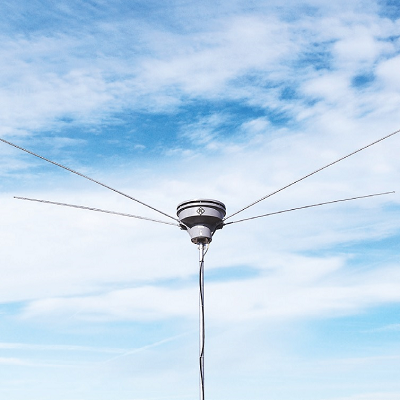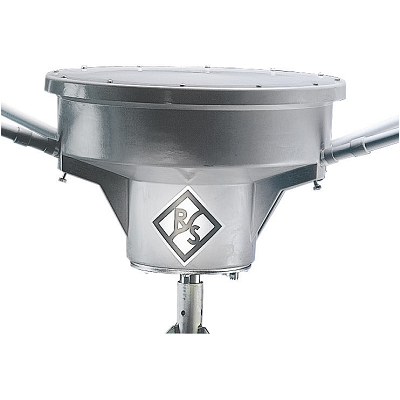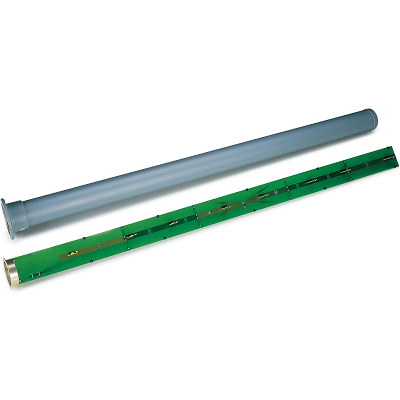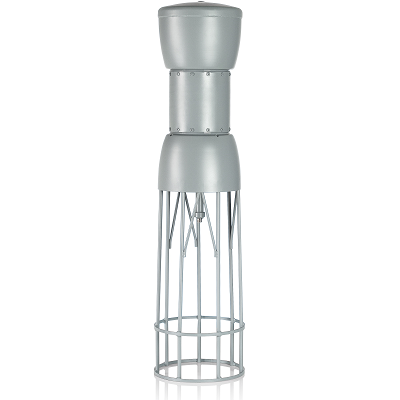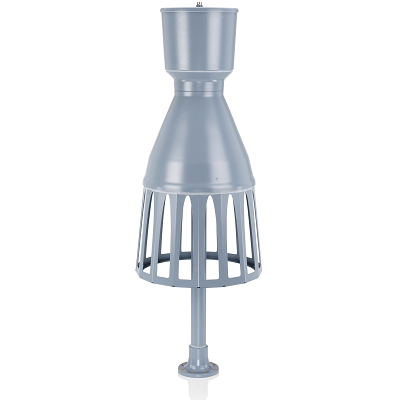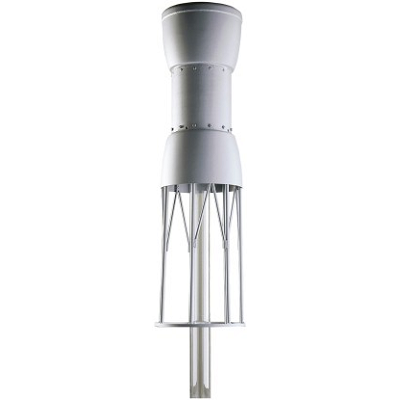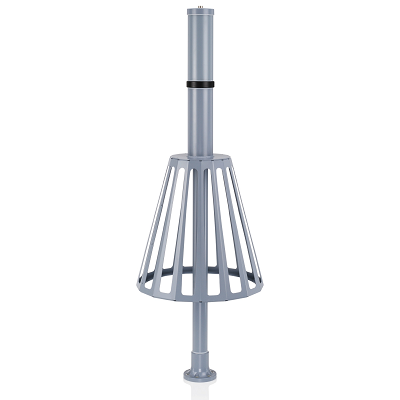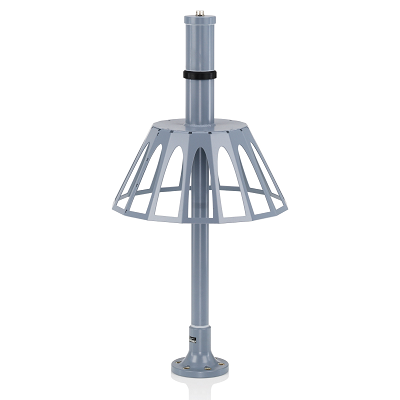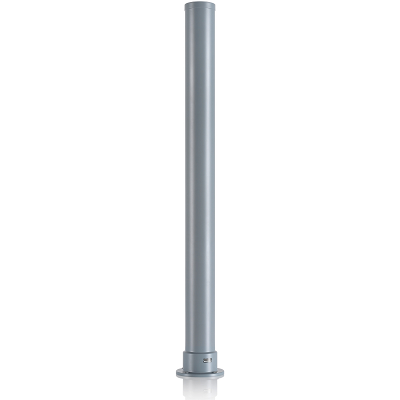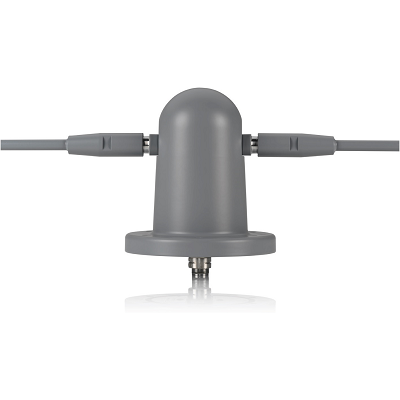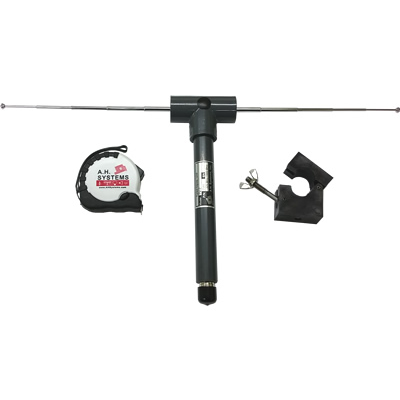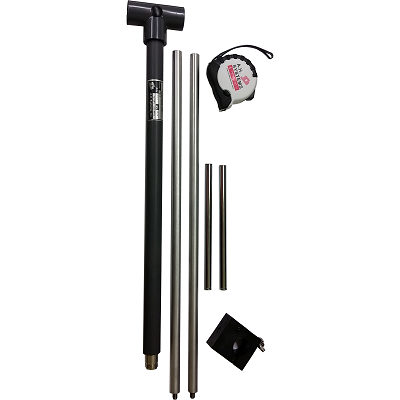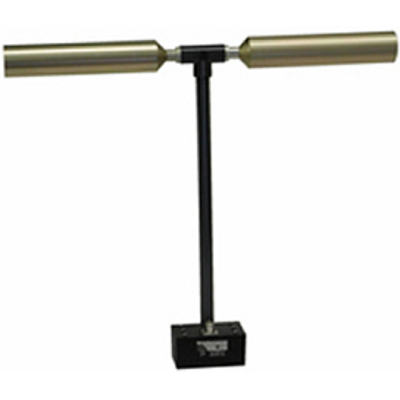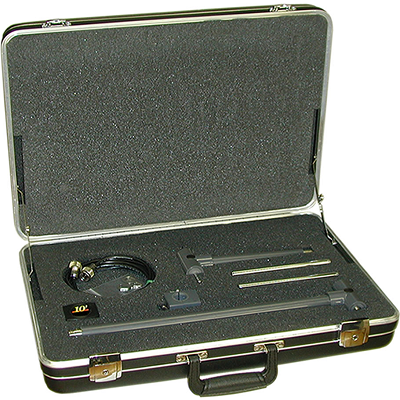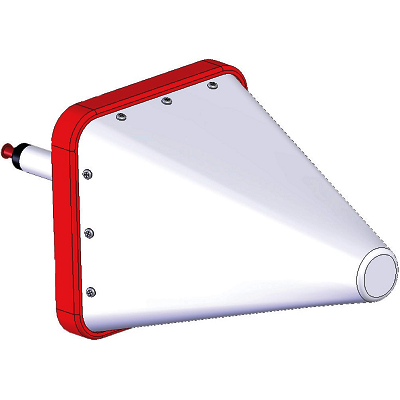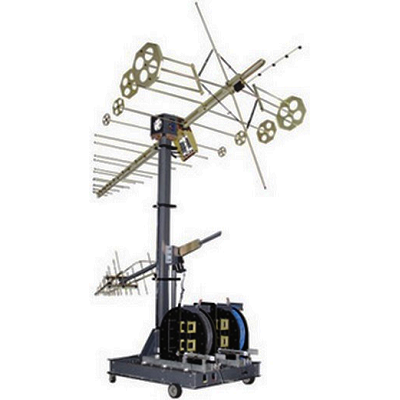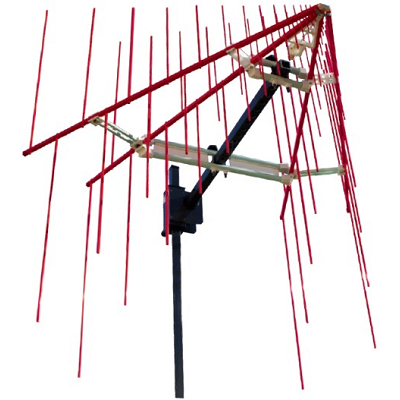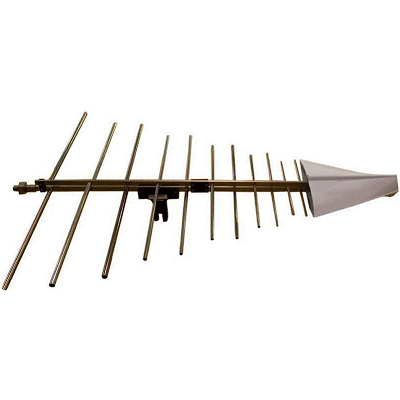Dipole Antennas
Dipole antenna is the simplest and most widely used class of antenna. The dipole is any one of a class of antennas producing a radiation pattern approximating that of an elementary electric dipole with a radiating structure supporting a line current so energized that the current has only one node at each end. The dipole antenna may be fed anywhere along its length, but commonly consists of two identical conductive elements such as metal wires or rods, which are usually bilaterally symmetrical. The driving current from the transmitter is applied, or for receiving antennas the output signal to the receiver is taken, between the two halves of the antenna. Each side of the feedline to the transmitter or receiver is connected to one of the conductors. This contrasts with a monopole antenna, which consists of a single rod or conductor with one side of the feedline connected to it, and the other side connected to some type of ground. A common example of a dipole is the rabbit ears television antenna found on broadcast television sets. The most common form of dipole is two straight rods or wires oriented end to end on the same axis, with the feedline connected to the two adjacent ends. This is the simplest type of antenna from a theoretical point of view. The dipole was the earliest type of antenna; it was invented by German physicist Heinrich Hertz around 1886 in his pioneering investigations of radio waves.



